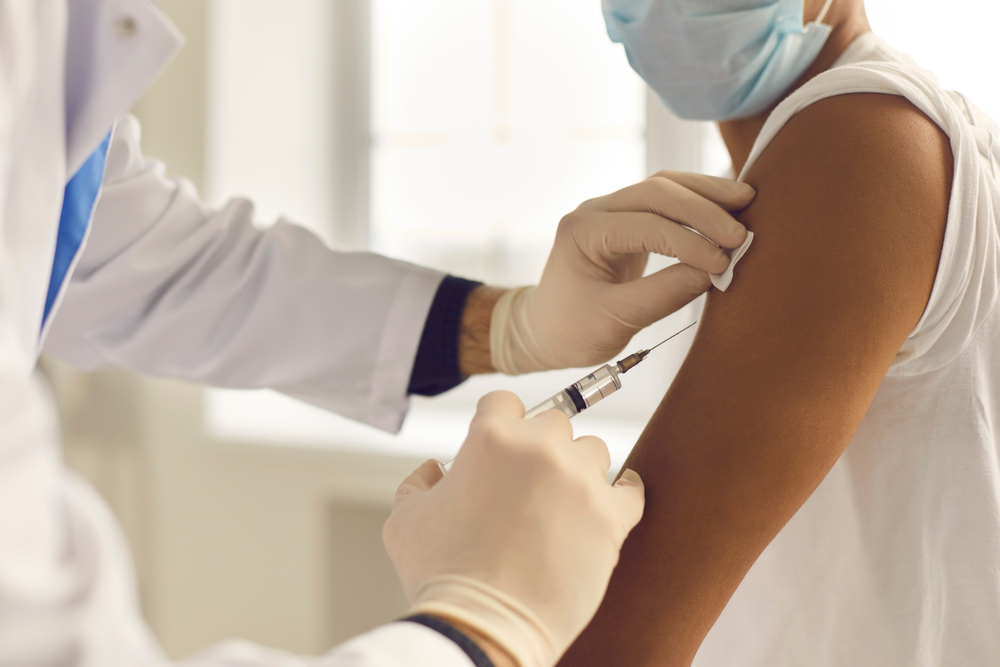The United States is currently facing an unprecedented surge in norovirus infections, with cases doubling compared to previous years. This highly contagious gastrointestinal virus has drawn renewed attention from healthcare professionals, who stress the urgency of preventive measures and timely management to mitigate its spread and impact.
Understanding the viral culprit
Norovirus, often mistaken for the stomach flu, is a family of highly infectious viruses targeting the gastrointestinal system. Its rapid spread is one of its defining features, as fewer than 100 viral particles can cause infection, while an infected person can shed billions through bodily fluids. This makes norovirus incredibly hard to contain, especially in crowded environments such as schools, nursing homes, and cruise ships.
The virus spreads through direct contact, contaminated food or water, and surfaces, where it can survive for days. Its ability to endure under various conditions heightens its public health threat, making containment efforts critical.
The science behind symptoms
Norovirus infection typically triggers symptoms 12 to 48 hours after exposure. Once the virus enters the body, it attaches to intestinal cells, initiating inflammation that results in acute gastroenteritis.
Common symptoms include sudden and severe vomiting, persistent diarrhea, intense abdominal cramps, and low-grade fever. These symptoms can last for up to three days, leaving affected individuals fatigued and dehydrated. Recovery depends largely on maintaining hydration and addressing symptoms promptly.
Advanced treatment strategies
While there is no specific antiviral treatment for norovirus, managing the illness involves relieving symptoms and preventing complications, particularly dehydration.
Hydration is crucial. Vomiting and diarrhea cause significant fluid loss, which can lead to severe dehydration if not addressed. Early in the illness, sipping small amounts of clear liquids such as water, broth, or oral rehydration solutions helps stabilize fluid levels. As symptoms improve, incorporating electrolyte-rich drinks like sports beverages can restore the body’s balance.
Dietary adjustments also play a significant role in recovery. Initially, patients should consume light, easily digestible foods such as broth and gelatin. Gradually, they can reintroduce simple carbohydrates like toast or rice and lean proteins like chicken. Over time, as their digestive systems stabilize, they can return to a regular diet.
In severe cases, where dehydration leads to symptoms like extreme thirst, dizziness, or rapid heartbeat, medical intervention may be necessary. Intravenous fluids are often used in these situations to restore hydration quickly and prevent further health complications.
Prevention strategies
Preventing norovirus outbreaks requires a combination of personal hygiene and environmental control.
Proper handwashing is essential, as soap and water are far more effective against norovirus than alcohol-based sanitizers. Individuals should wash their hands after using the bathroom, before eating, and when handling food. Infected persons should avoid food preparation until they have fully recovered, as the virus can remain contagious for days after symptoms subside.
Environmental disinfection is equally important. High-touch surfaces like door handles, light switches, and countertops should be cleaned regularly using bleach-based cleaners. Contaminated laundry, such as bedding and towels, must be washed in hot water to eliminate lingering viral particles.
In communal settings, isolating infected individuals during the illness and for at least 48 hours after symptoms resolve can significantly reduce the risk of further transmission.
Recovery and return to normal activities
Recovery from norovirus usually takes three to five days, although fatigue may persist longer in some cases. During the first two days, rest and hydration are the primary focus. Gradually, light activities can be resumed as strength returns. By day five, most individuals are ready to fully return to their normal routines, though continued emphasis on hygiene is essential to prevent potential transmission.
Conclusion
The sharp increase in norovirus cases highlights the importance of public awareness and proactive measures. Understanding its transmission, symptoms, and treatment is vital for effective management and prevention. By prioritizing personal hygiene, maintaining clean environments, and responding quickly to symptoms, individuals and communities can reduce the impact of this highly infectious virus.













